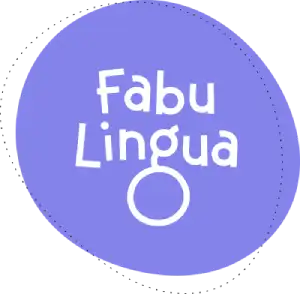In this post: we’ll discuss the importance of gamification in language learning for kids and how it’s revolutionizing Spanish learning games for children.
In the rapidly evolving landscape of education, one innovative approach that has gained significant traction is gamification. In recent years, gamification in language learning has emerged as a powerful alternative to traditional methods such as classroom instruction, private tutoring, or immersion in a native-speaking environment.
This innovative approach leverages the engaging elements of video games to create an interactive and enjoyable learning experience, making it particularly effective for children. By transforming language learning into a game, educators and parents can capture children’s attention and motivate them to practice more consistently. This has led many educators to adopt gamification in their language classrooms.
The Evolution of Language Learning Methods
Historically, language learning has been dominated by traditional methods such as classroom instruction and private tutoring. These methods often emphasize rote memorization and grammar drills, which can be tedious and disengaging for many learners, especially children. Immersion in a native-speaking environment is a very effective method, but it is not always available for all learners.
With the advent of technology, new methods of language learning have emerged. Online courses, language learning apps, and interactive software have become increasingly popular. Among these technological advancements, gamification has stood out as an innovative approach that combines education with entertainment.

Why Gamification Works
Gamification works because it taps into the natural human inclination for play and competition. Games are designed to be engaging and rewarding, which can help motivate learners to practice more frequently. By incorporating elements such as points, badges, and leaderboards, gamification creates a sense of achievement and progress, which can be particularly motivating for children.
Furthermore, games often provide immediate feedback, allowing learners to see the results of their efforts right away. This instant gratification can help maintain motivation and encourage continued practice. In contrast, traditional language learning methods often involve delayed feedback, which can be less effective in maintaining engagement.
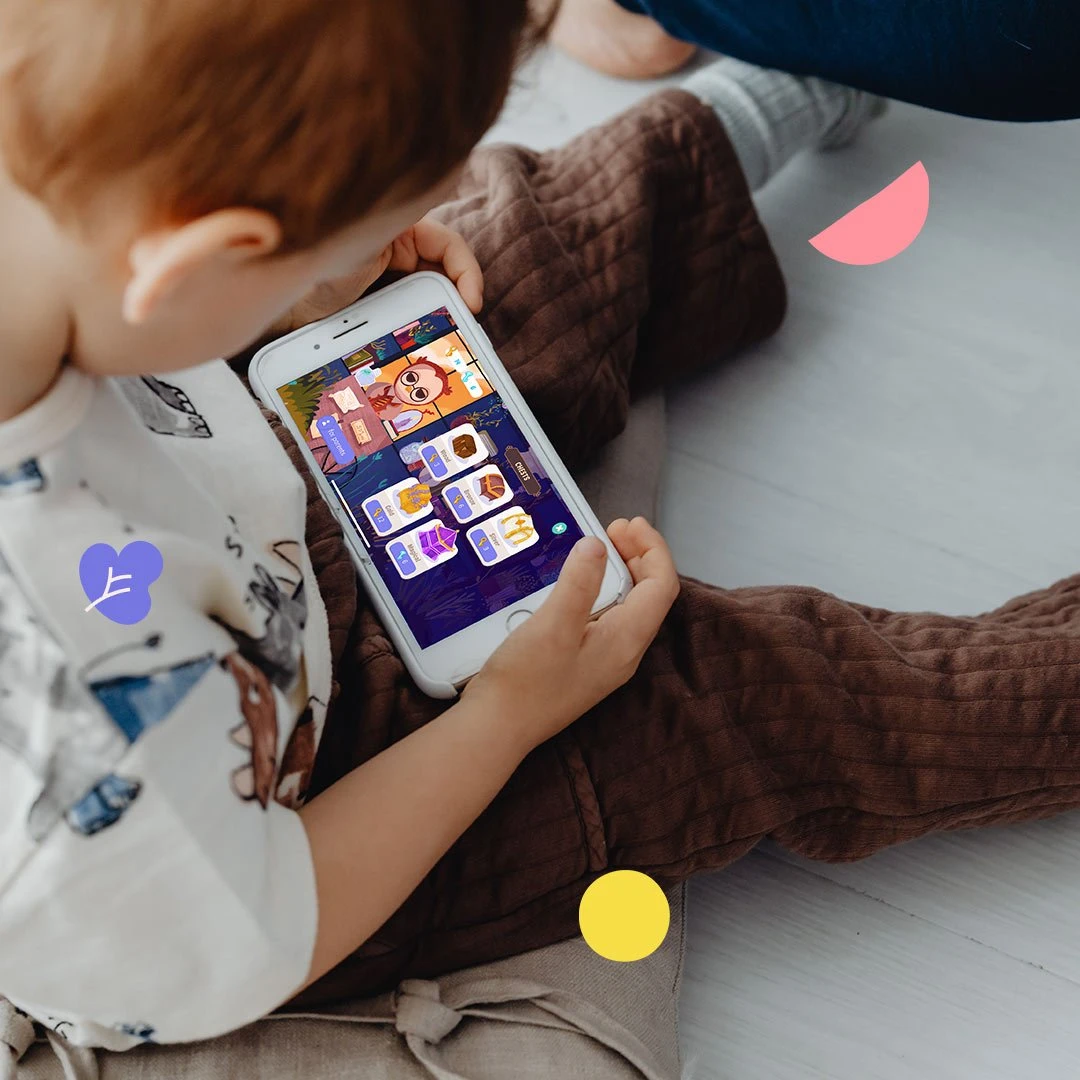
Gamification is particularly suited to language learning because linguists have found that successful language acquisition requires the learner to be in a positive emotional state (not bored or anxious), and for them to feel the content is compelling. Gamified learning is designed to be precisely that: fun, exciting, and compelling. In games, kids are intensely focused AND having fun, creating the ideal mental state for acquiring a new language.
Yet, arriving home to find your child gaming may not fill you with as much joy as, say, seeing them engrossed in a classic novel. In reality, many parents worry about the detrimental effects of online gaming on their kids and condemn it as ‘bad’ and a waste of time.
Although ‘gaming disorder’ can be a negative consequence of excessive binge gaming, there are also a lot of myths that are now being debunked through research studies to show the many benefits of gamification for kids.
Whereas some apps, such as TikTok, can cause attention deficit, gaming actually supports brain development! (European Psychologist)
In this blog we’re going to explore how gamification is a great way to learn a language.
Learning Languages with Video Games
With a huge boom in the global online gaming market in recent years, our modern day digital education industry has been leveraging online gaming for foreign language learning.
With so many companies, apps, and even educators applying gamified learning to their services, products and classrooms, learning a foreign language has never been so fun and accessible!
Because of this shift, parents are no longer reliant on expensive tutors or schools to teach their kids a foreign language. Gamification in education is opening the doors to new, exciting, affordable and accessible ways for kids to learn a second language!
The Rise of Educational Video Games
Video games have the potential to revolutionize the way children learn foreign languages. These games provide an immersive environment where learners can practice language skills in context. By interacting with characters, solving puzzles, and following storylines, children can develop their vocabulary, grammar, and pronunciation in a fun and engaging manner. Language learning video games can incorporate comprehensible input, storytelling, and play-based learning, making them an ideal tool for young learners.
The Role of Video Games in Language Learning
Video games can play a significant role in language learning by providing an immersive and interactive environment. Unlike traditional methods, which often involve passive learning, video games require active participation. Learners must interact with characters, solve puzzles, and follow storylines, all of which require the use of the target language.
This active participation helps reinforce language skills and makes learning more engaging. Additionally, video games often provide context for language use, which can help learners understand and remember new vocabulary and grammar structures. By seeing the language used in context, learners can develop a deeper understanding of how the language works.
Dr. Jason Richard Rachels tells us that “The continual challenge, immediate feedback, and opportunity to tackle bigger challenges are part of what makes games enjoyable. It is why thinkers have encouraged educators to design their classes like video games (Heick, 2013).”
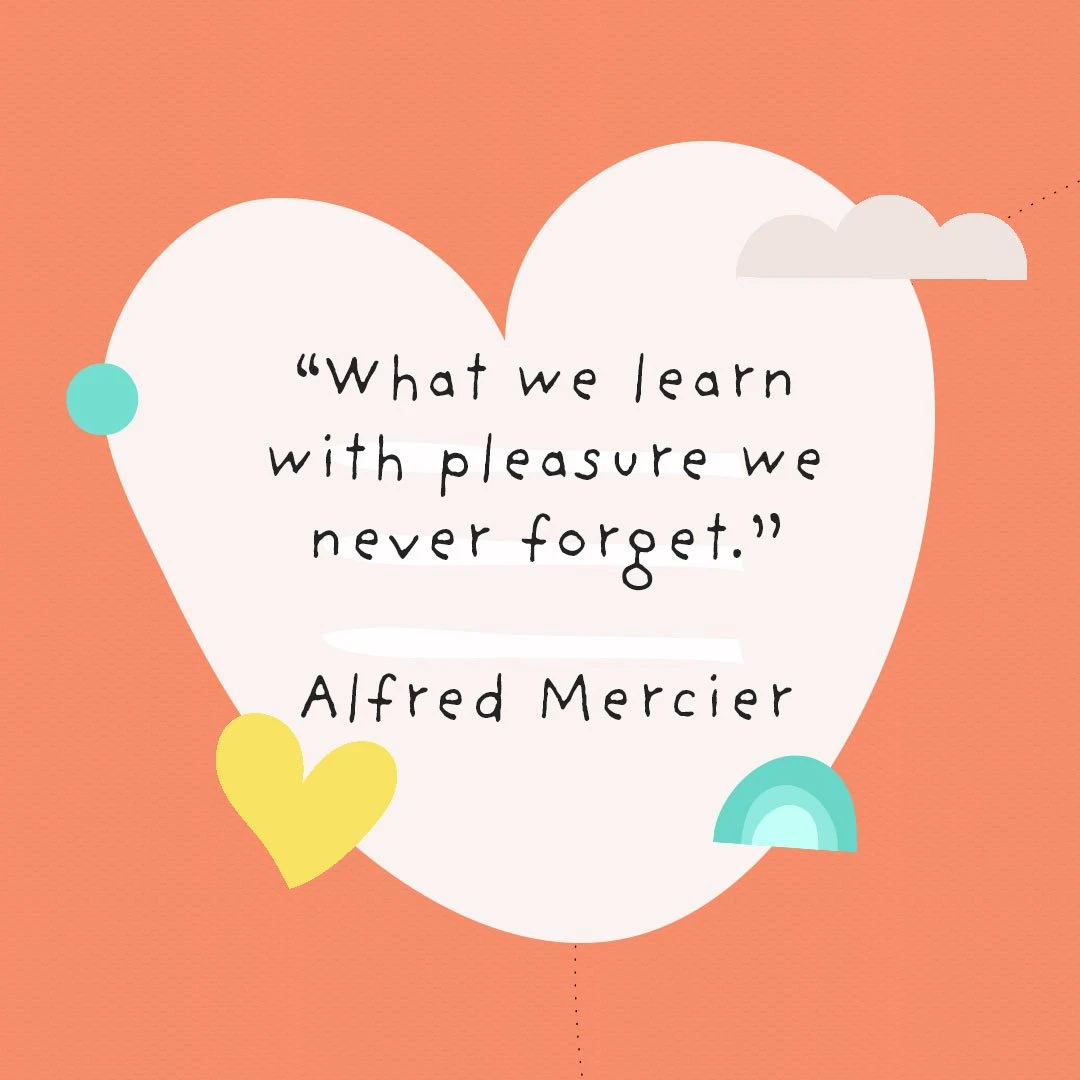
The Principles of Gamification in Education
Gamification by definition is ‘the process of adding games or game-like elements to something so as to encourage participation’. (Merriam-Webster)
In education, gamifying lessons serves to increase engagement through fun and enjoyment.
Fun and enjoyment are highly influential in the process of learning because, as polyglot Alfred Mercier states:, “What we learn with pleasure, we never forget.”
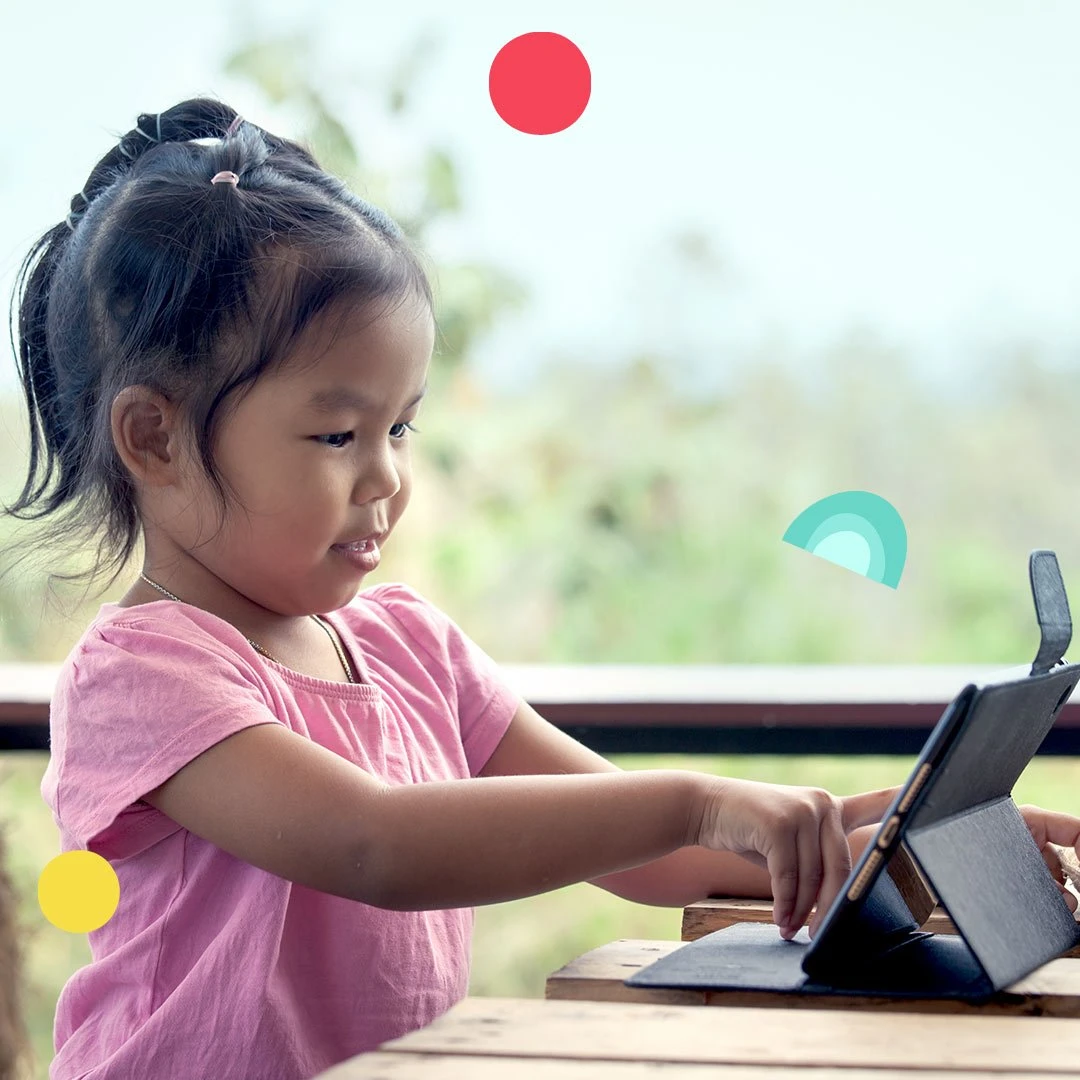
One of the earliest advancements in gamification was the development of the well-known Oregon Trail computer game. This game served as a way to both educate and engage students, allowing them to virtually experience the Oregon Trail, making it much easier for them to learn that unit of history. The same principles of simultaneous education and engagement can be applied to language learning.
FabuLingua CEO and Co-Founder Mark Begert explains how this fundamental factor of learner engagement has been lacking in language learning:
“We believe in the convergence of education and gaming as a means to engage kids and transform learning models. To us, engagement has been a critical missing piece in the last several decades, and game design and tech can change this.”
Comprehensible Input
Comprehensible input is a fundamental principle in language acquisition, particularly emphasized by linguist Stephen Krashen. It tells us learners acquire language best when they understand the input they receive. Comprehensible input is language that is understood by the listener, not because they understand every word in a sentence, but because they can comprehend the gist of what is being communicated from the context.
In an educational setting, this could look like the teacher pointing, making facial expressions, gesticulating and demonstrating to support the language input they are providing.
In the context of gamification, this means that games should present language in a way that is understandable yet challenging enough to promote learning. Video games achieve this by providing context through visuals, actions, and interactions, helping learners grasp the meaning of new words and phrases naturally.
If you want to learn any foreign language, you need input! Lots of it! But as Dr. Stephen Krashen argued, the input must also be compelling:
“It is possible that compelling input is not just optimal: It may be the only way we truly acquire language.” (sdkrashen.com)
At the heart of engaged and effective language learning is not just comprehensible input, but compelling comprehensible input, and as we all know, video games are uniquely compelling to kids.
Language games that are designed to be compelling and captivating to kids, and are designed to deliver comprehensible input provide a far more engaging and effective alternative to the traditional rote learning through flashcards and grammar books!
To learn more about comprehensible input, and it’s fundamental role in second language acquisition you can read the blog “COMPREHENSIBLE INPUT & SPANISH: THE SECRET TO SECOND LANGUAGE ACQUISITION”
The Power of Storytelling
Storytelling is a powerful tool in language learning. It helps learners connect with the language on an emotional level, making the learning experience more memorable. Games that incorporate storytelling elements allow children to follow narratives, engage with characters, and solve problems, all while being exposed to the target language. This immersive experience not only enhances comprehension but also makes the learning process enjoyable and motivating.
Stories provide a natural context for language use, which can help learners implicitly understand and remember new vocabulary and grammar structures without explicit instruction. By following a storyline, learners can see how the language is used in different situations, which helps them develop a deeper understanding of the language.
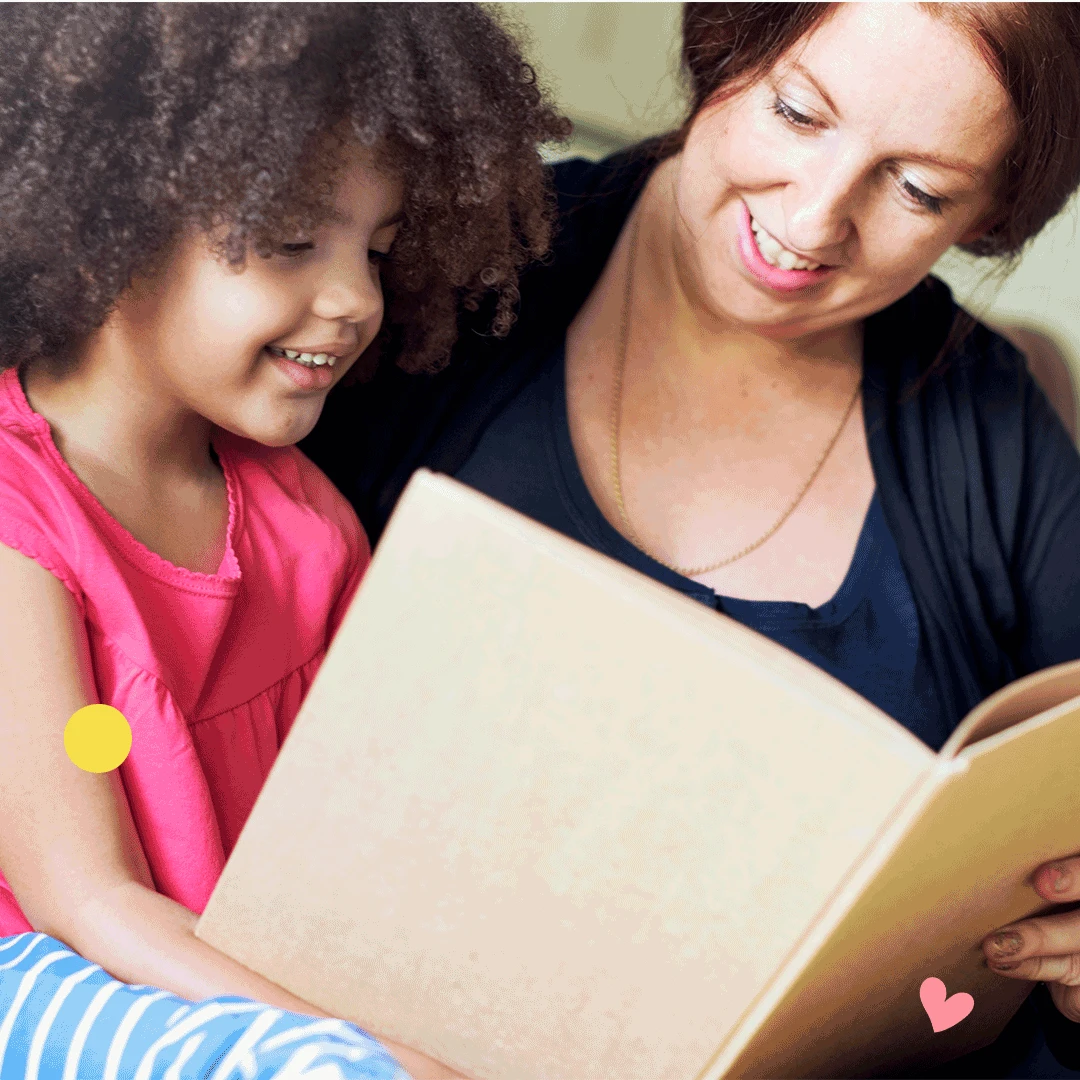
Research has shown that storytelling can be an effective method for language learning. A study published in the Computers & Education journal found that learners who used digital storytelling tools showed significant improvements in their language skills, critical thinking, and learning motivation compared to those who used traditional lecture-based methods (Yang & Wu, 2012).
With the growth of language learning video games, kids are now experiencing a new and exciting form of storytelling: interactive digital stories that bring narratives to life with animations.
The most powerful language learning games are not merely gamified with elements like points, badges, avatars, progress bars and levels, but also are based on a story that takes the gamer on a journey and features extensive storytelling throughout the game.
“Films help to visualize the characters, and books can help to integrate into the minds of the characters, but games give full control at the captain’s chair.” (sbanimation.com)
The child becomes an active learner, navigating the story and subconsciously learning language through play. They are learning through doing and processing the language, while influencing the outcomes as the game’s story unfolds.
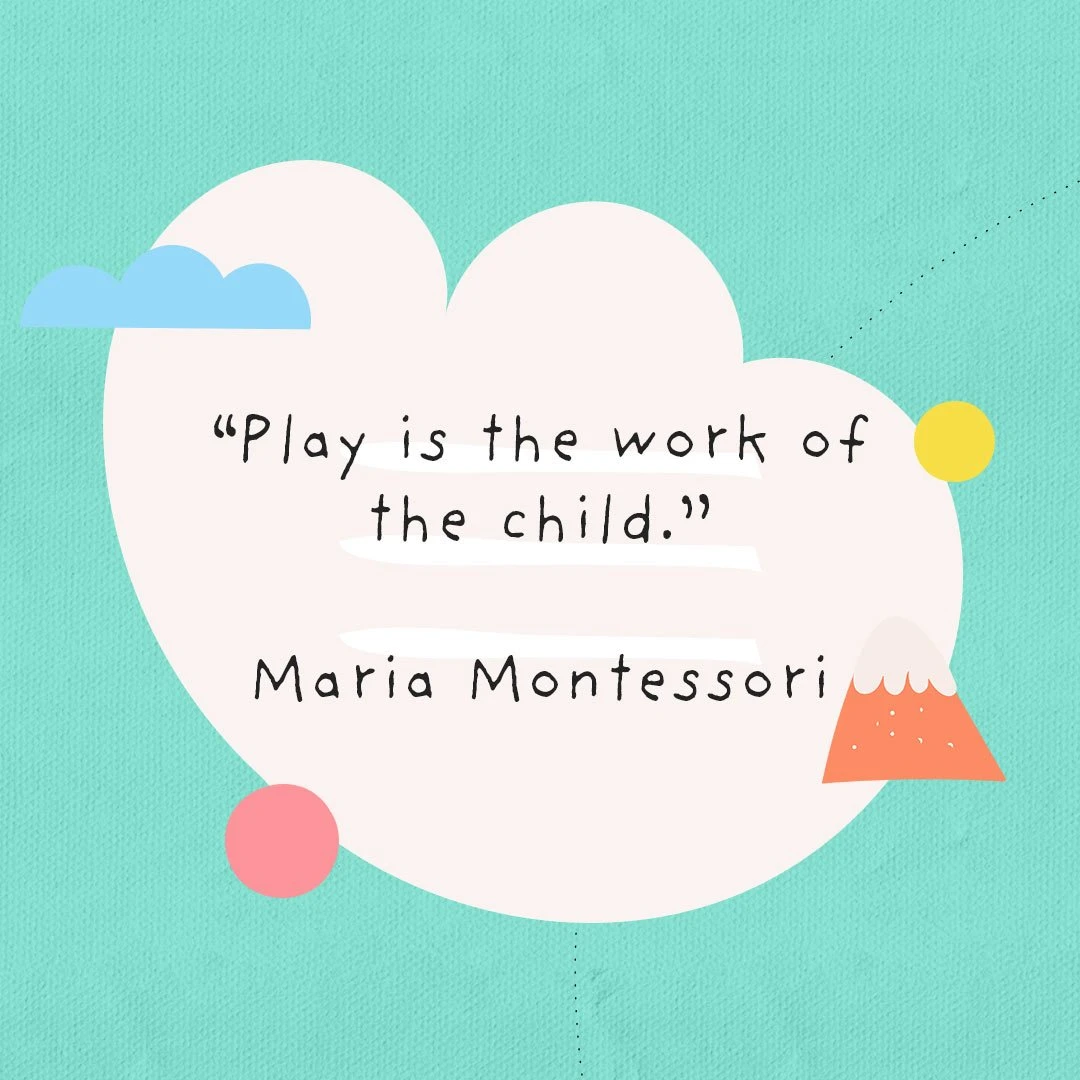
Learning by Playing
Although for most adults there is a clear divide between what is “work” and what is “play”, that is not the case for children. As Dr. Maria Montessori explained, “Play is the work of the child.” Play is serious learning and impacts a child’s development.
To the extent that video games prioritize play above all else, when designed properly they can be very serious vehicles for children’s learning.
In a previous post we discussed how the Affective Filter can make or break a learner’s language acquisition. Ultimately, if the student’s language input experience is positive, then the affective filter is lowered and the brain is able to understand the input and absorb the language implicitly and naturally.
Play is a huge part of the effectiveness of the gamification of language learning. It serves to lower the affective filter with engaging and interactive activities that involve the learner in the process.
Learning by playing is a core concept of gamification. It emphasizes that children learn best when they are having fun. Games are inherently engaging and provide a safe space for experimentation and practice. By incorporating language learning into play, children can develop their skills without the pressure of formal education. This approach fosters a positive attitude towards learning and encourages continuous practice.
Play-based learning is particularly effective for young learners, who are naturally inclined to explore and experiment. By turning language learning into a game, educators can tap into this natural curiosity and make the learning process enjoyable and effective.
Research supports the benefits of play-based learning. Dr. David Whitebread, Professor of Psychology & Education at Cambridge University, has a large body of work spanning decades that shows the importance of play on many key developmental areas, including findings that children who engaged in play-based learning activities showed significant improvements in their language skills compared to those who received traditional instruction (Whitebread, D., 2012).
Being in a state of ‘flow’
Csikszentmihalyi (1990) brought us the notion that being in a ‘flow state’ was the optimal condition for excellence in a range of human pursuits, from athletics, to art, music and rock climbing. It’s what happens to people when they lose track of time while they’re engaged in meaningful work that they consider challenging, fun and enjoyable.
Dr. Jason Richard Rachels explains how “there are certain elements shared among activities that lead individuals to a state of flow. These elements are: (a) a challenging activity that requires skill, (b) merging of action and awareness, (c) clear goals and feedback, (d) paradox of control, (e) loss of self-consciousness, (f) transformation of time, and (g) an autotelic experience. The experience of flow does not require that all elements be present (Csikszentmihalyi, 1990). Gamification and serious games share these elements that make up flow. A good serious game must be a challenging activity that requires skill; otherwise users will not be motivated to play.”
The Benefits of Gamification in Language Learning
Gamification in language learning offers numerous benefits. It enhances motivation, increases engagement, accelerates the learning process, and if designed properly they put the learner into that optimal ‘state of flow’. Children enjoy the interactive and dynamic nature of games, which makes them more willing to spend time practicing the language. Additionally, the instant feedback and rewards provided by games help reinforce learning and build confidence.
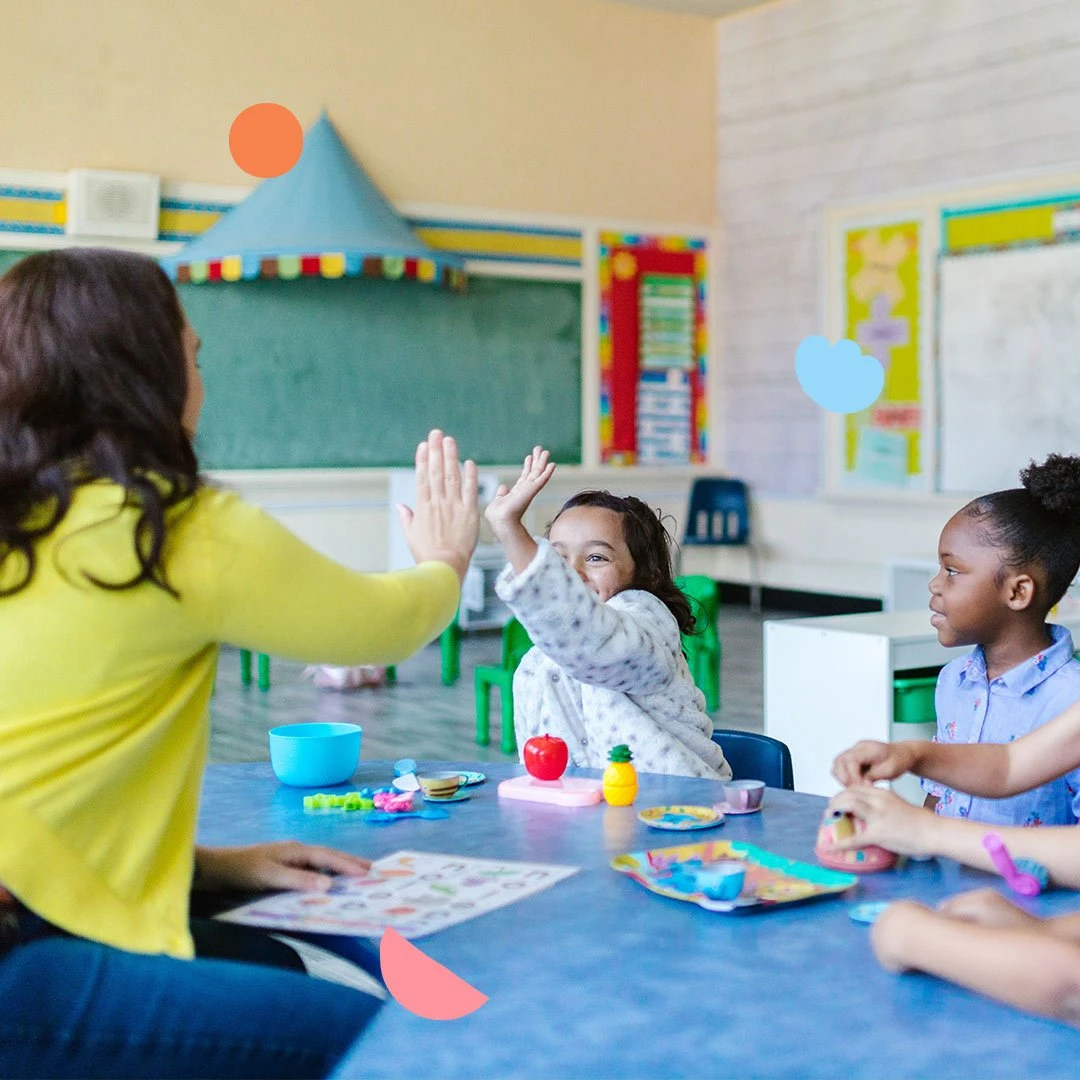
Enhanced Motivation and Engagement
One of the primary benefits of gamification is that it enhances motivation and engagement. Games are designed to be fun and rewarding, which can help motivate learners to practice more frequently. By incorporating elements such as points, badges, and leaderboards, and a sense of journey, gamification creates a sense of achievement and progress, which can be particularly motivating for children.
Research supports the motivational benefits of gamification. Dichev, C., & Dicheva, D. 2015 found that gamified learning environments significantly increased student motivation and engagement. A study by Tvarozek and Brza (2014) piloted the development of a new ‘interactive badge’ for an online course, and showed increased motivation and performance for students that engaged with badges.
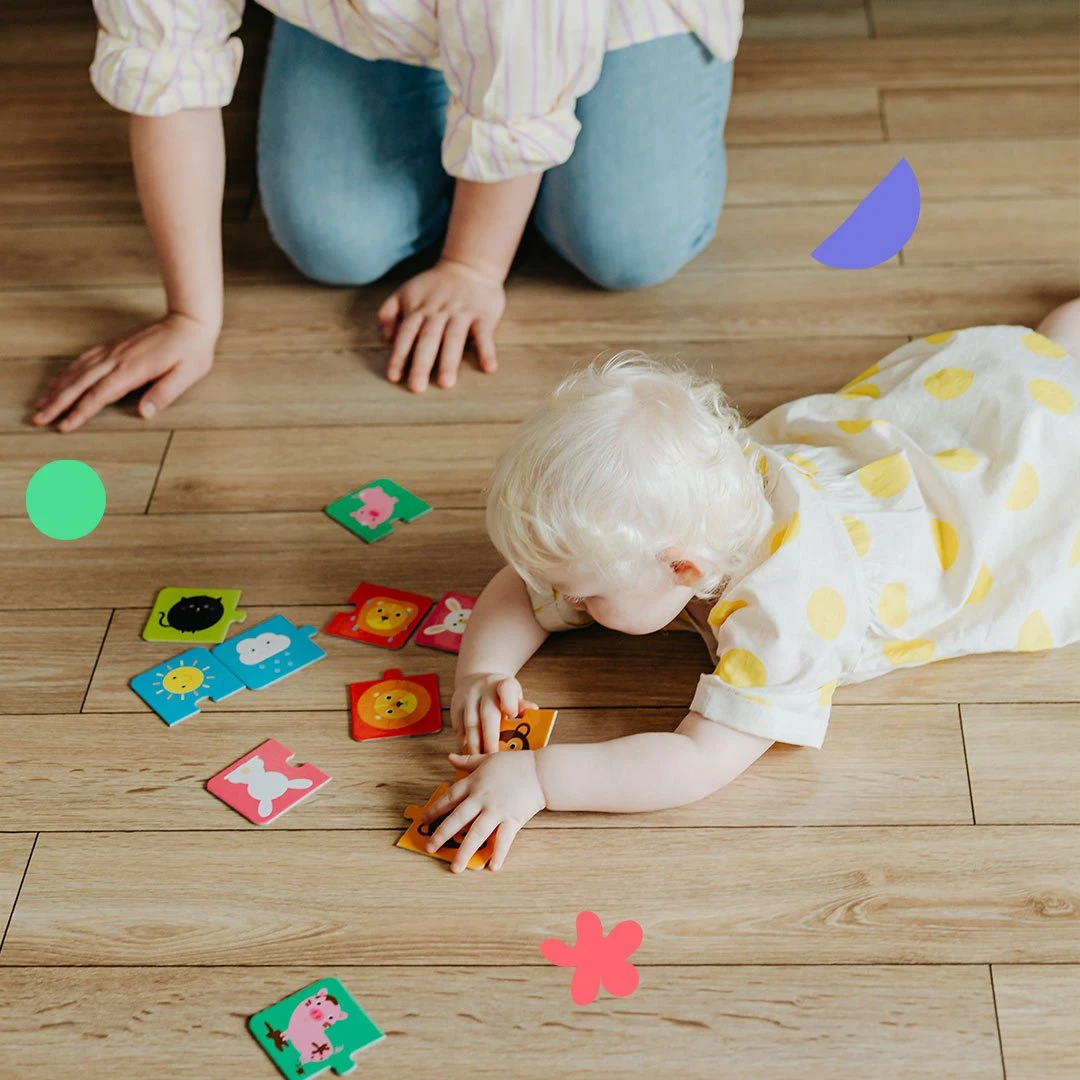
Accelerated Learning
Gamification can also accelerate the learning process. By providing immediate feedback and rewards, games help reinforce learning and build confidence. This instant gratification can help maintain motivation and encourage continued practice.
Research supports the benefits of gamified learning for education. Papastergiou, M. (2009) found that students who were exposed to a gamified teaching approach learned more and were more motivated than students who were taught the same subject through a traditional non-gaming approach.
Positive Attitude Towards Learning
Gamification fosters a positive attitude towards learning. By making learning fun and engaging, games can help reduce anxiety and create a positive learning environment. This positive attitude can encourage learners to continue practicing and exploring the language.
Research supports the benefits of gamification for creating a positive learning environment. A study published in the “Journal of Educational Computing Research” found that learners who used gamified learning tools reported higher levels of enjoyment and satisfaction compared to those who used traditional methods (Hamari, J., Koivisto, J., & Sarsa, H. 2014).
Gamification in foreign language learning has numerous benefits for kids:
- It makes learning visible (think progress bars, rewards etc)
- It lowers the affective filter
- It increases both extrinsic and intrinsic motivation
- It provides healthy competition between peers or siblings
- It helps kids take ownership of their learning
Gaming is often stigmatized as being an isolating and antisocial hobby. However, today’s online gaming world couldn’t be further from the truth. In a recent study, 74% of parents said they played video games at least weekly with their kids.
I’ve enjoyed many video gaming sessions with my children, and to see the shock in their faces as you crush them at Super Smash Bros is truly priceless.
Oftentimes older siblings deepen their learning by teaching their younger siblings, friends, and even their parents, how to play.
Beyond the camaraderie that virtual gaming can offer, video gaming is also far from a passive activity: to succeed at levels, kids need to develop skills like tactics, perseverance and process rules. It requires strategic thinking and problem solving abilities.
Gamification in Education: Statistics and Study
So what are the advantages of gamification in education?
Ultimately the goal with gamified learning is to increase participation, engagement and therefore attention.
In the classroom, teachers might design their lessons to include gamelike elements. For example: competitive activities, role-play, rewards, points and challenges.
Even if the activities are not obvious ‘games’, these elements ‘gamify’ the task and create a higher level of student motivation.
Even in the business world, gamification is becoming a hot topic and focus for both advertising strategies, educating and training employees. The goal? Just as a teacher wants engaged students, businesses want to hire performing employees.
In a gamification at work survey, 89% claimed that if a task is gamified, they are more motivated to participate. A recent article shared 7 companies using gamification. The list included major companies like Dominos, Samsung, Microsoft and Google. From a gamified Pizza Maker course at Dominos that quickened up menu training and standards with new employees, to an expense tracker by Google that reached a 100% compliance rate, there are many gamification initiatives that can yield tangible benefits.

Research supports the effectiveness of gamification in education. Studies have shown that gamified learning environments can significantly improve student motivation and achievement.
Furthermore, a study published in the “Journal of Educational Educational Computing Research” found that ‘significantly higher cognitive gains were observed in subjects utilizing interactive simulations or games versus traditional teaching methods’ and that student attitudes towards learning were also significantly improved in those cases (Vogel, J. J., Vogel, D. S., Cannon-Bowers, J., Bowers, C. A., Muse, K., & Wright, M. 2006).
The Best Spanish Learning Games for Kids
So how do we gamify our homes and classrooms to engage kids in interactive language learning?
Vocabulary Games
Flashcards often get a bad rap for being the epitome of rote learning, and therefore ineffective. But if you take care not to use them for (ineffective and boring) memorization drills, and instead you use them creatively for play-based vocabulary games, they can be a helpful tool.
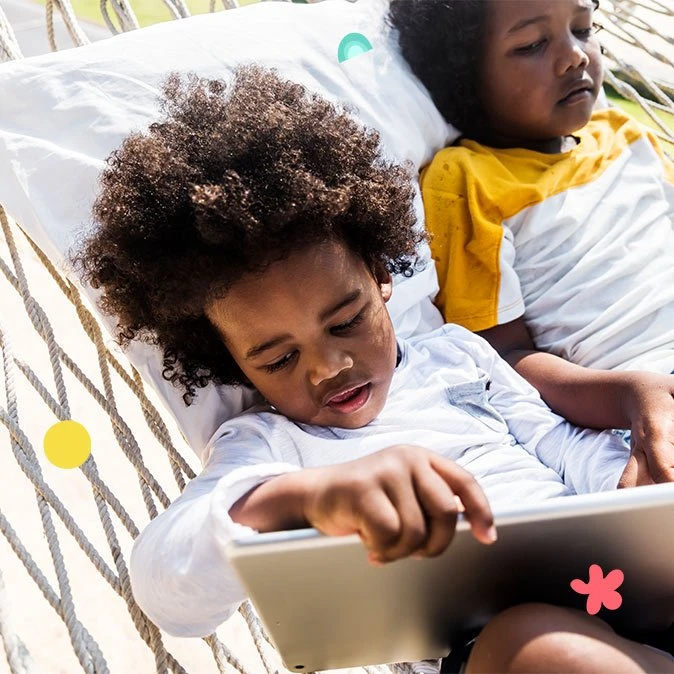
There are dozens of easy ways to use flashcards for vocabulary practice. From bingo to scavenger hunts, memory games to Guess Who, there are many ways to gamify learning with vocabulary flashcards.
There are many ways to use apps to gamify the Spanish learning experience for children. Here are two examples, followed by a recommendation for the best app to use.
Duolingo
Duolingo is a popular language learning app that uses gamification to teach Spanish. It offers a variety of exercises, including matching words to pictures, completing sentences, and translating phrases. The app uses a point system, levels, and streaks to keep learners motivated. Learners can earn rewards for completing lessons, which encourages them to keep practicing.
Players need to be able to read and write their native language to use it, and since it was originally designed for adults, it’s most suited to older children and works best for Middle School and High School students.
Canticos Bilingual Preschool App
Featuring traditional Spanish nursery rhymes through videos, songs, interactive stories and games, the Canticos Bilingual Preschool App engages young children in learning Spanish.
The app is interactive and teaches high frequency words and authentic songs. Canticos includes childhood favorites from Latin American and Spain, including ‘Los pollitos dicen’.
The gamified learning in the Canticos app is perfect for shorter attention spans and all the content is bilingual, meaning both native speakers and beginners can enjoy its content.
FabuLingua: The Best Spanish Learning App for Kids
For parents and teachers looking for the best Spanish learning app for their children, FabuLingua stands out as the top choice. FabuLingua uses the magic of interactive storytelling to teach Spanish through a fun mobile game, and combines it with a patented, science-backed teaching method. The app features beautifully illustrated Spanish stories that come to life and a unique method that provides comprehensible input in a fun and engaging way, making it easier for children to acquire the language naturally.
It is designed for ages 3-12 years old, but has also found a following amongst teenagers and young adults who enjoy playing a variety of story-based games.
FabuLingua’s core game loop is simple: you read and interact with the various learning activities of the stories to earn keys and unlock chests and rewards. These include compasses that in turn unlock new locations and new more challenging stories. This way you progress and discover new stories on your journey as you explore the ever-expanding FabuLingua world.
Kids progress through the fabulous island of FabuLingua, unlocking new locations in sequence as they read and play with more stories. Each unique location (Playful Pond, Fairy Falls, Fantastic Forest, Tiny Town and Musical Mountains) is a world unto itself that the player can travel through and explore, and contains characters excited to tell you their story. Each interactive story has a learning path with distinct modes and interactive games that reinforce vocabulary and grammar and develop distinct linguistic skills such as pronunciation, reading, spelling, grammar and comprehension in a fun and gamified way.

FabuLingua’s gamified environment delights kids as they earn gold and diamond keys for playing with stories and use these to open a variety of treasure chests in the ‘Fabled Shop’. Treasure chests contain stickers, playing cards and valuable compasses that can be used to discover new locations. Coming soon is a Sticker Book, Card Battler, daily streaks, leaderboards, quests and achievements. All this motivates children to practice regularly and makes language learning a delightful adventure. With its focus on storytelling and interactive play, FabuLingua offers a comprehensive and enjoyable way for kids to learn Spanish.
FabuLingua is a mobile game where kids “Play to Learn” new languages through interactive digital stories. FabuLingua’s “invisible learning” is a highly effective method that engages kids in games and stories, where they are transported to a fantasy world and learning happens implicitly and subconsciously (invisibly).
It’s like Duolingo for kids, but set in a much more immersive game that appeals to a child’s imagination and is rooted in modern language-learning science of comprehensible input.
Ready to gamify your child’s language learning?
Get the FabuLingua app today in the AppStore or Google Play store and receive 7 days FREE!
